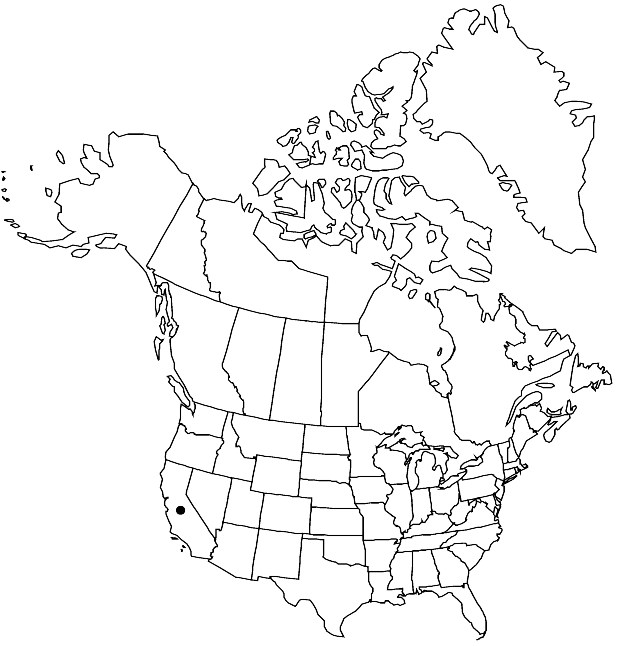Difference between revisions of "Tropidocarpum capparideum"
Pittonia 1: 217. 1888.
FNA>Volume Importer |
FNA>Volume Importer |
||
| Line 34: | Line 34: | ||
-->{{#Taxon: | -->{{#Taxon: | ||
name=Tropidocarpum capparideum | name=Tropidocarpum capparideum | ||
| − | |||
|authority=Greene | |authority=Greene | ||
|rank=species | |rank=species | ||
| Line 49: | Line 48: | ||
|publication year=1888 | |publication year=1888 | ||
|special status= | |special status= | ||
| − | |source xml=https://jpend@bitbucket.org/aafc-mbb/fna-data-curation.git/src/ | + | |source xml=https://jpend@bitbucket.org/aafc-mbb/fna-data-curation.git/src/f50eec43f223ca0e34566be0b046453a0960e173/coarse_grained_fna_xml/V7/V7_842.xml |
|tribe=Brassicaceae tribe Descurainieae | |tribe=Brassicaceae tribe Descurainieae | ||
|genus=Tropidocarpum | |genus=Tropidocarpum | ||
Revision as of 22:19, 16 December 2019
Plants sparsely to densely pilose basally, trichomes (soft), simple, to 1.5 mm, these mixed with fewer, forked, stalked ones, sparsely pubescent distally. Stems usually ascending, prostrate, or decumbent, rarely erect, 1.5–7 dm. Basal leaves: petiole 1–3 cm; blade 1.2–7 cm, margins pinnatifid; lobes 3–6 on each side, oblong to linear, 0.3–1.5 cm × 1–3 mm, shorter than terminal, margins entire or dentate. Cauline leaves: (proximal) petiolate or (distal and bracts) sessile; blade similar to basal, smaller and less divided distally. Fruiting pedicels divaricate to ascending, straight or slightly recurved, 5–17(–25) mm, pubescent. Flowers: sepals 2.5–3.5 × 1–1.5 mm, sparsely pubescent; petals spatulate, 3–5 × 1.5–2 mm, not clawed; filaments 2–2.5 mm; anthers ca. 0.5 mm. Fruits oblong, (5–)9–20 × (3–)4–5 mm, length (1.6–)2.8–5 times width; valves (2 or) 4, thin-leathery, smooth, puberulent, trichomes simple, retrorse; septum absent; ovules 25–40 per ovary; style 1–2 mm. Seeds dark brown, 1.2–1.6 × 0.7–1 mm.
Phenology: Flowering and fruiting Mar–Apr.
Habitat: Flats, grassland, moderately alkaline areas, hillsides
Elevation: 300-400 m
Discussion
Of conservation concern.
Tropidocarpum capparideum was believed to be restricted to Mt. Diablo (Contra Costa County) and to have become extinct, but new collections have been made from Fort Hunter Leggett in Monterey County.
Tropidocarpum capparideum is in the Center for Plant Conservation’s National Collection of Endangered Plants.
Selected References
None.
